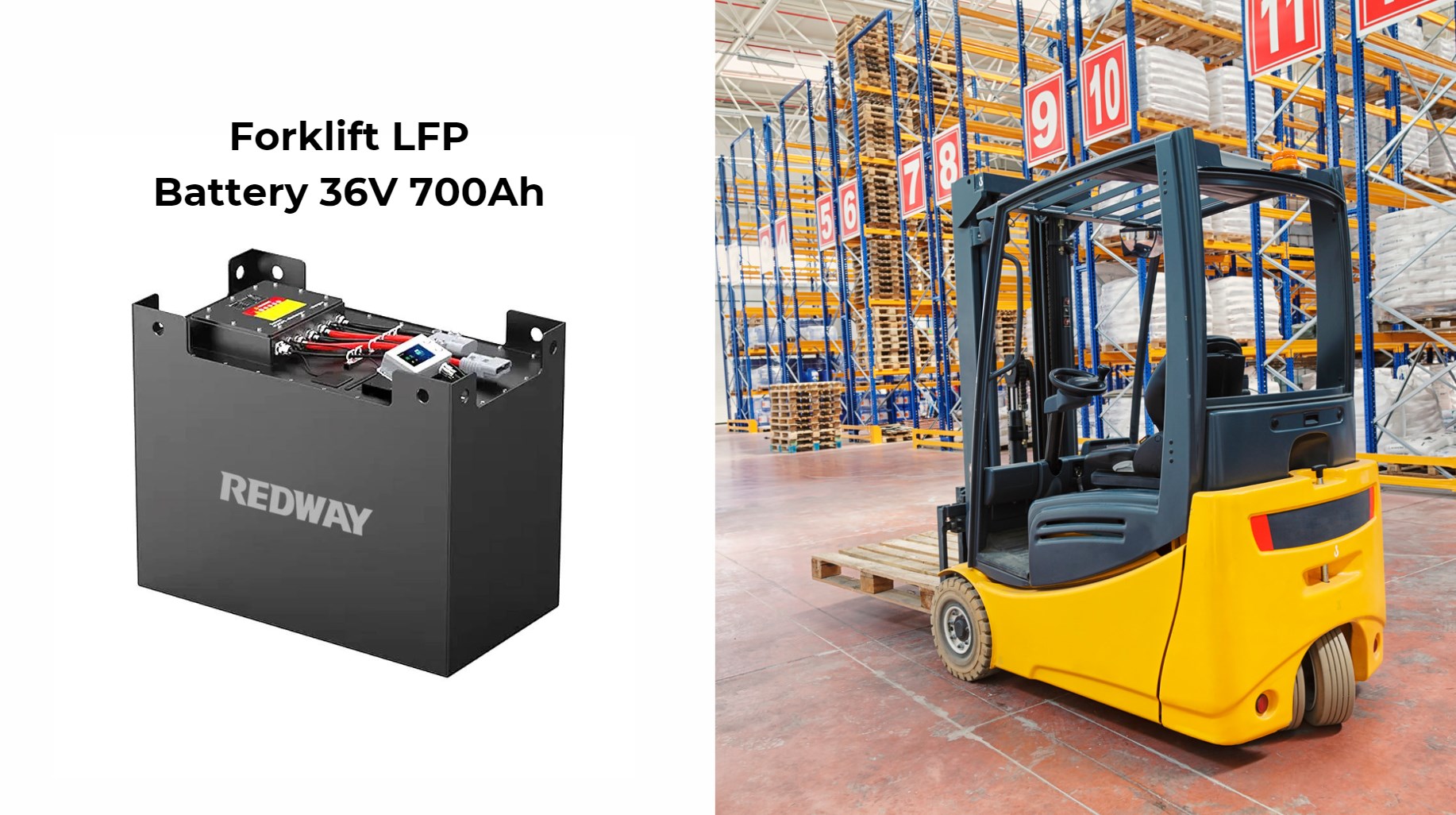LiFePO4 forklift batteries can operate in cold environments but require specific adaptations like integrated heaters and controlled charging to prevent damage. While they outperform lead-acid batteries in cold, performance drops as temperatures fall below 0°C, mandating reduced charge rates and specialized equipment to maintain efficiency and battery health.
How Do LiFePO4 Forklift Batteries Perform in Cold Environments?
Cold temperatures slow the electrochemical reactions in LiFePO4 batteries, causing capacity loss and reduced discharge rates, though overall performance remains better than lead-acid under similar conditions.
How Should Charging Be Adjusted to Protect Batteries Below 0°C?
Charging current must be limited—reduced to 0.1C below freezing and as low as 0.05C below -10°C—to avoid detrimental effects like lithium plating, which can permanently damage cells.
Wholesale lithium golf cart batteries with 10-year life? Check here.
What Safety Features Are Essential for Cold Temperature Battery Use?
Integrated thermal insulation and charge-activated heating systems prevent freezing damage. IP67-rated enclosures protect against dust and water ingress, vital in cold and damp environments.
How Do Integrated Heaters and Thermal Insulation Improve Performance?
Heaters actively warm the battery before and during charging, maintaining optimal chemistry operation. Insulation minimizes temperature fluctuation, stabilizing performance and extending battery life.
Want OEM lithium forklift batteries at wholesale prices? Check here.
What Equipment Is Needed for Operating Lithium Batteries in Cold Storage?
Specialized forklifts with condensation protection, compatible chargers supporting reduced charge rates, and proper ventilation systems optimize battery function and safety in cold warehouses.
How Does Cold Weather Affect the Lifespan and Charging Efficiency?
Frequent operation in cold without proper thermal management shortens battery lifespan by accelerating cell degradation. Charging efficiency is lowered, increasing charge times unless mitigated by heaters.
What Are Best Practices for Maintaining LiFePO4 Batteries in Cold?
Use heaters, monitor charging rates, avoid deep discharges, store batteries at recommended temperatures, and routinely inspect battery health to maintain longevity and reliability.
How Does an IP67 Rating Protect Lithium Batteries in Harsh Conditions?
IP67 ensures dust-tight protection and resistance to water immersion, preventing environmental damage common in cold, wet warehouse atmospheres.
How Do Warranty and Service Agreements Address Cold Usage?
Manufacturers increasingly cover cold-related performance issues when proper usage guidelines are followed, underscoring the importance of adherence to operational protocols.
What Environmental Benefits Do Lithium Batteries Offer in Cold Applications?
Their long life reduces waste, and stable lithium chemistry reduces hazardous materials exposure, supporting greener warehousing solutions even in low temperatures.
How Can Advanced Battery Management Systems Support Cold Operation?
Battery management systems monitor temperature, voltage, and charge states, adjusting charging and discharging to prevent cold damage and optimize battery performance.
Chart: Charge Rate Recommendations for LiFePO4 Batteries in Cold
| Temperature Range | Recommended Charge Rate |
|---|---|
| Above 0°C | 1.0C (normal rate) |
| 0°C to -10°C | 0.1C (reduced rate) |
| Below -10°C | 0.05C (minimal rate) |
Chart: LiFePO4 vs Lead-Acid Battery Performance in Cold
| Feature | LiFePO4 Batteries | Lead-Acid Batteries |
|---|---|---|
| Operational Temperature | Operates to -40°C (with heaters) | Performance declines sharply below 0°C |
| Maintenance | Minimal | Frequent watering required |
| Charging Time | Faster, adjustable | Slower |
| Weight | Lighter | Heavier |
| Safety | Stable chemistry | Risk of acid leaks |
Redway Battery Expert Views
“Cold storage demands resilient and efficient power sources. LiFePO4 batteries, especially with integrated thermal management like those developed by Redway Battery, meet these challenges head-on by preserving performance and safety at sub-zero temperatures. Their adoption transforms cold environment logistics with reliability and sustainability.” – Senior Engineer, Redway Battery
Conclusion
LiFePO4 forklift batteries can be effectively used in cold environments with appropriate thermal management, reduced charging current, and compatible equipment. They outperform traditional batteries in durability, safety, and maintenance, especially when aided by heating systems and protective ratings like IP67. Redway Battery leads in delivering these advanced lithium solutions optimized for cold storage applications.
FAQs
Q: Can LiFePO4 batteries be charged below freezing?
A: Only with specialized heating systems and reduced charge rates to prevent damage.
Q: How much capacity is lost when using LiFePO4 batteries in cold?
A: Up to 50% capacity loss between -20°C and 0°C without thermal management.
Q: What battery features ensure safe cold operation?
A: Thermal insulation, charge-activated heaters, and IP67 protection.
Q: How often should cold-use LiFePO4 batteries be tested?
A: Regularly, especially when operating near or below freezing temperatures.






